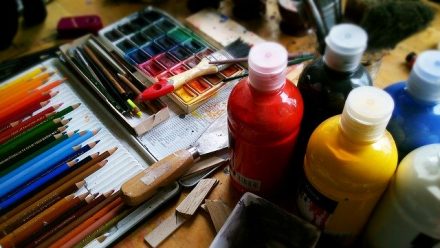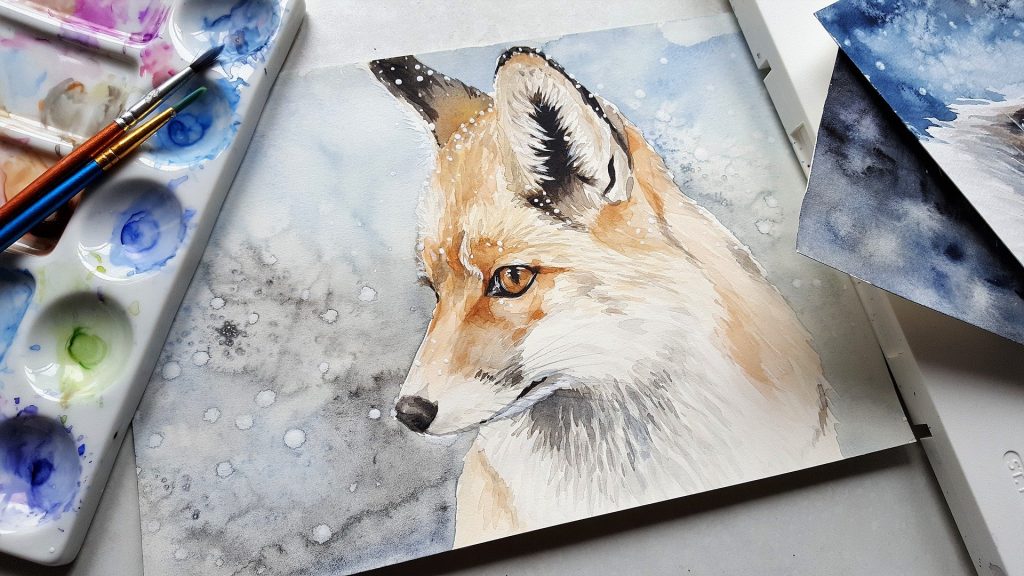
Art in the Albemarle Area July 2020
By Talmage Dunn
Usually this article is about the painting arts but this time I want to dedicate this article to a type of art that doesn’t require paints, brushes, water or solubles of any type. It is a type of art I used to teach my students in mathematics to show how math was used in everything and to spark their creative juices. This type of art is called…”String Art” in some places it was also called “Straight-line Design.” Anyone can do this type of art. All you have to do is create a pattern and follow the directions I give and viola …. you have a beautiful piece of artwork.
Just what is string art? String art, or pin and thread art, is characterized by an arrangement of colored thread strung between points to form geometric patterns or representational designs such as a ship’s sails, sometimes with other artistic material comprising the remainder of the work. Thread, wire, or string is wound around a grid of nails hammered into a velvet-covered wooden board or sewn through a thick poster board or just onto a painted piece of plywood. The choice is yours. Though straight lines are formed by the string, the slightly different angles and geometric positions at which strings intersect gives the appearance of Bézier curves (as in the mathematical concept of envelope of a family of straight lines). Quadratic Bézier curve are obtained from strings based on two intersecting segments. Other forms of string art include Spirelli, which is used,( this concludes your math terms), for cardmaking and scrapbooking, and curve stitching, in which string is stitched through holes. It is even possible to do this “straight line design on paper, which would probably be a great practice before you use the patterns on a piece of wood.
String art has its origins in the ‘curve stitch’ activities invented by Mary Everest Boole at the end of the 19th century to make mathematical ideas more accessible to children.[1] It was popularized as a decorative craft in the late 1960s through kits and books. Curved stitching were the designs I used in math class because 25 students using hammers and tacks could become a bit too noisy in a classroom. I used heavy cardboard or poster paper. The main concept was to lay out a simple design. Punching holes onto the design with a small nail every 1/8 inch or so and “stitching” colored string through the poster board to create various designs. You can find a plethora of books and simple designs that can be created on wood or paper on-line. These designs can also be done on simple paper with colored ink pens or pencils also. The fun is limited only to the artist’s imagination. There are a multitude of websites that can be visited to see examples of this art! Try it! You will LOVE it!! For home schooling teachers I suggest you look up “string art math.”
Usually it would be that time of year for summer sales, craft fairs, and yard sales. However, Covid-19 seems to have lessened our opportunities to go to these activities. It is still a great time to get get out of the house and look at some of those activities that you have a desire to paint, craft and create
Feel free to contact me by e-mail bowhuntor@yahoo.com or by phone 252-267-5437. Talmage Dunn, Artist.
For more of Talmage Dunn articles Click Here
